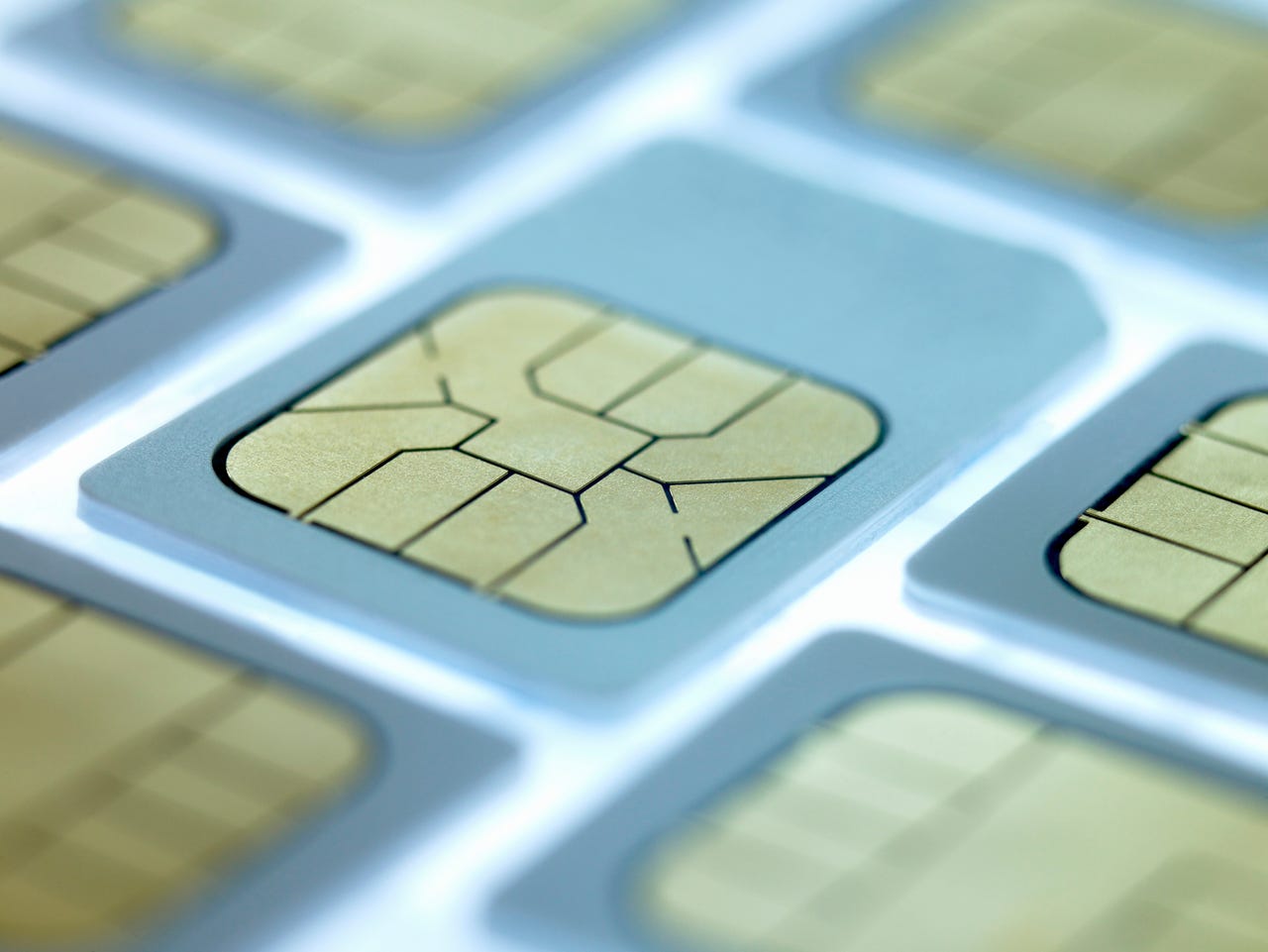































 Getty Images/Adam Gault
Getty Images/Adam Gault Beginning with 2022's iPhone 14, Apple eliminated the SIM card slot in favor of eSIM technology,andit's never coming back. What does that change mean? What's the difference between an eSIM and a physical SIM, and why does it matter?
SIM stands for Subscriber Identity Module, the technology that allows a mobile carrier to match your device with your account so that you can communicate over their network. When a mobile carrier provides you with a physical SIM, they register its unique identifier on their network. After you insert the SIM into your device, it registers your device with the network and you're ready to go.
Also: The best phones right now: Expert tested and reviewed
Embedded SIM (eSIM) is a technology that takes the circuitry normally found in a physical SIM card and installs it permanently into a mobile device, which can then be programmed using software. Going through a setup routine (often involving a QR code from the carrier) allows a mobile device to join a carrier's network without the need for a physical SIM card.
The first eSIM-equipped device appeared in 2015, but the technology only started to hit the mainstream in 2019 or so, following the launch of the iPhone XR (released in 2018). That was the first iPhone that offered support for two SIMs -- one physical nano-SIM and one eSIM.
All Google Pixel devices since the Pixel 2 include dual-SIM support, as do most recent Samsung Galaxy models and a smattering of phones from other carriers. Beginning with the iPhone 14 line and continuing with more recent models, Apple offers the option to have two eSIM profiles active at once, dropping the physical slot completely.
Also: Gen Z is ditching iPhones for$100 'feature phones,' and the numbers don't lie
The most obvious advantage of using an eSIM is that you don't have to go to a carrier's store to pick up a physical SIM or wait for one to arrive in the mail. You can sign up for a mobile plan and activate it immediately by scanning a QR code, using a carrier's app, or even manually creating a carrier profile. (Your phone must be unlocked, of course. If you try to set up an eSIM for an alternative carrier on a carrier-locked device, you'll get an error message.)
But having two SIMs available unlocks other useful scenarios. For example, you can use one SIM for a business line and the other for a personal line. In that configuration, you can make and receive calls and use SMS messaging on either number. For cellular data, you have to designate a line, although you can switch lines by flipping a switch in settings. You can even have multiple eSIM profiles set up and switch between them in settings.
Also: iPhone 15 eSIM: How to transfer your phone number to Apple's new iPhone
Having dual SIMs is especially important when traveling internationally. You can use a local carrier's plan for data coverage without losing calls and texts to your home number.
Every large carrier these days offers eSIM support. It's taken a while for smaller carriers and MVNOs to come around, but most established MVNOs (Mint Mobile and Tello , for example) have implemented eSIM support, especially for Apple-branded devices. If you're planning to upgrade to a new iPhone and you currently use a physical SIM card, it's worth checking with your carrier to see whether they can accommodate the newer technology.
And that's where the absence of a physical SIM slot will become inconvenient. If you're accustomed to switching devices by simply popping the SIM card out of one device and inserting it in another, you'll find the eSIM design frustrating. You might be able to use a carrier's app or webpage to make the switch, but that adds a noticeable amount of friction.
Also: Not buying a new iPhone? This flash drive will give your old one a new lease of life
The absence of a physical SIM slot will be especially problematic if you want to use a low-cost carrier or if you're accustomed to picking up a physical SIM card supplied by a prepaid mobile operator for use in another country while you're traveling. If those come with a physical card, they'll be a non-starter on the latest Apple devices.
Over time, Apple's design decision is likely to force the market to move to eSIM technology, whether it wants to or not. But that process could take years to play out. In the meantime, older Apple devices (or even Android devices) will be preferred for people who need the ability to use physical SIM cards.
For instructions on how to set up an eSIM on an iPhone, see these two Apple Support articles: "About eSIM on iPhone " and "Using Dual SIM with an eSIM." For Google Pixel devices, see "How to use dual SIMs on your Google Pixel phone." This Samsung support article includes links to support pages for the three major U.S. carriers.
 Hot Tags :
Tech
Our process
Smartphones
Hot Tags :
Tech
Our process
Smartphones